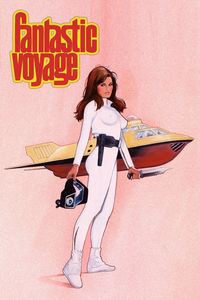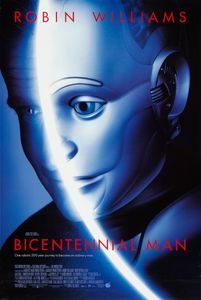Fantastic Voyage (1966)
(On Cable TV, February 2020) I’ve been on a self-imposed quest to watch past nominees and winners of the Best Special Effects Academy Award, and it’s proven a far more interesting project than many of the Best Picture nominees. Of course, it’s a category that dating faster than any other, and Fantastic Voyage is a prime example of the sort. It’s the kind of movie that exists because of special effects, so there’s no surprise if the plot takes a distant backseat to the visuals. (My first exposure to the story was through Isaac Asimov’s novelization, which had two distinctions: For one, Asimov wrote quickly while the film experienced one delay after another; for another, Asimov as a trained scientist and practising SF writer left no plot holes unexplained—leading to a situation where his novel had been out for six months by the time the dumbed-down movie came out, leading many to assume that the film was an inferior adaptation of Asimov’s concept. ) The narrative confusion and outdated technology are exhibited from the film’s first few minutes, as the film ponderously takes us through “high technology” offices that look ridiculously dated, barely explaining a premise that makes increasingly less sense. Then Fantastic Voyage compounds its own technology and narrative problems by treating its sole female character (played by Raquel Welsh, no less) as a piece of art to be ogled. In the dialogue. From a contemporary perspective, we can deal with the outdated special effects far more easily than the misogyny. There’s plenty of evidence that usually-competent director Richard Fleischer was outmatched by the premise, starting with the lack of energy in the editing. Some stylistic intentions (such as the wordless opening, or the first forty minutes without a score) become more annoying than inspiring, and that’s without discussing the increasingly psychedelic visuals. Despite my best intentions, I can’t say that I enjoyed Fantastic Voyage. While there’s some charm in seeing how they faked some of the visual effects, the film itself feels long and ponderous. It also doesn’t help that a much better take on the same idea—Innerspace—has been released since then.

